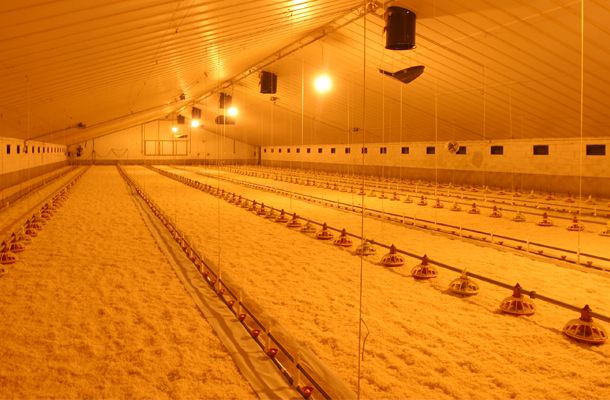Where to put the paper?
Tags: Chick handling | Blog
, 23 April 2014

Most of the time, my visits are limited just to the hatchery - and certainly there is usually plenty to discuss with the hatchery manager and his staff. During a visit to a recently installed hatchery however, my only critical observation was related to pulling time. I noticed that the empty shells left in the hatcher basket after the chicks had been taken out were quite heavily stained with meconium and most of the chicks showed mild dehydration of their legs.
Since pulling time was relatively fixed as a result of labour and transport planning, we agreed to set the eggs several hours later, for the hatchery manager to follow-up on the effect of this change. But as the chicks already showed signs of dehydration, I asked about brooding conditions in the broiler farms and whether he knew how quickly and easily the chicks had access to drinking water. He admitted that he did not know, so we decided to follow the chick truck to one of the broiler houses to observe unloading and chick-placement.
After driving for almost two hours, we watched as the chicks were taken out of the well-designed chick truck. They were in good condition and the receiving team worked efficiently to drive the dolleys with chick boxes into the broiler house and, after changing into farm clothes, we followed them inside.
The house was well-equipped with feeding pans and drinking nipple lines and, placing my hand on the concrete below the thin layer of wood shavings, I was satisfied that the house was properly warmed.
Much to my surprise however, I saw big rolls of chick paper being rolled out underneath the feeders, but not under the drinking lines as one would expect. When I asked one of the workers why, he explained that this was to stimulate the chicks to start feeding as quickly as possible: the sound of the first chicks walking and picking on the paper attracted the others to come and feed too.
I advised that stimulating water intake was more urgent, especially when the chicks were already showing signs of slight dehydration. Placing paper under the drinking lines and making some feed available there too has the added advantage of getting the chicks to drink and feed as quickly as possible, so getting “the best of both worlds”.
Written by Martin Barten
Senior Hatchery Specialist
I welcome your feedback on this article - and if you require any additional information, please don't hesitate to contact me.